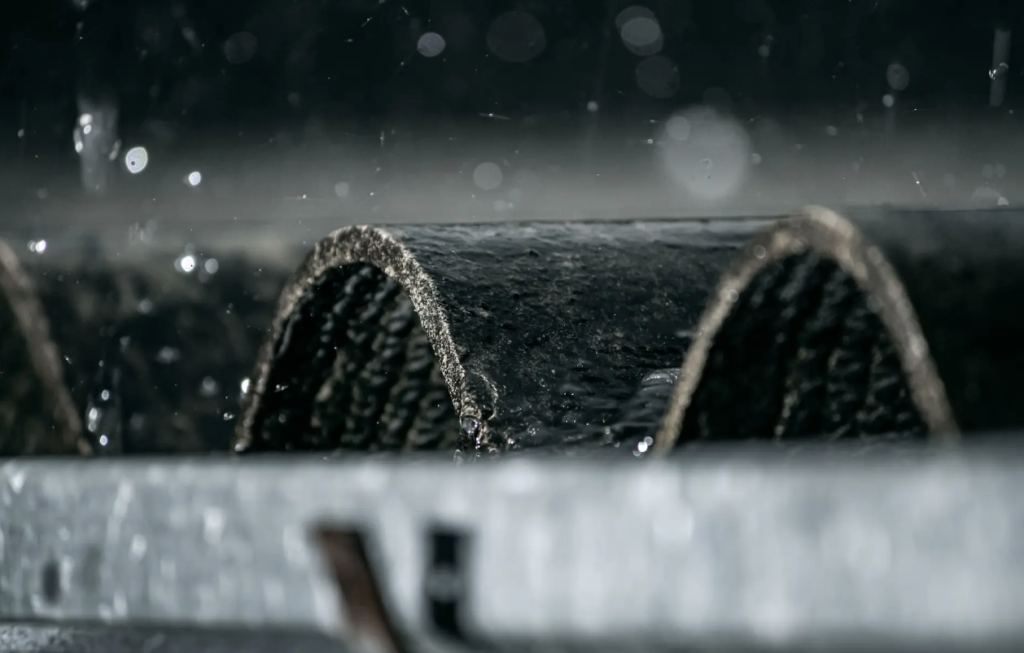Harnessing environmental energy in all seasons
Produce energy from rain with the same device that captures and exploits solar heat. This was the goal of a group of scientists from the National University of Singapore and the Southern University of Science and Technology in Shenzhen. This has been achieved according to the publication in the scientific journal NSR. Here, in a long article, engineer Yi Zhou and colleagues explain how they created a non-planar and “all-in-one” environmental energy collector, which combines two effects together. Let’s talk about solar pyroelectricity and triboelectricity. What is it?
Solar pyroelectric is the ability of some materials to generate a temporary difference in potential between their extremes when heated in the sun. On the other hand, triboelectricity is generated when different materials, at least one of which is insulating, are rubbed together; an effect that can also occur on contact between a solid and a liquid, as in the case of raindrops.
Produce energy from rain and sun in one device
For devices that exploit these properties, there is still talk of very low efficiencies, but the idea of being able to create an electric generator adaptable to any weather conditions does not lose attractiveness. One of the latest advances in pyroelectrics has led to the creation of a planar device with an output power density of between 10 and 1,000 μW/m2. However, in addition to the inherent limits due to a rather homogeneous solar heat capture, these elements are not suitable for the generation of triboelectricity based on raindrops.
The reason? Electrostatic induction and triboelectricity depend on the flow of water drops over the area during the liquid-solid contact/separation process. Sliding is impossible on flat surfaces.
To circumvent these obstacles, the theme has created a system of multi-layered nonplanar dialectics, which not only confines the sun’s rays on a focal hot spot (increasing pyroelectricity) but also promotes the flow of droplets. In this way, with only one device, it is possible to produce energy from the rain and the heat of the sun. The materials used are widely used plastics (fluoropolymer and Teflon) that keep overall costs low. The new generator has been shown to collect energy from the sun and rain with an output power increase of 174.3% and 65.4% respectively compared to more conventional devices.

